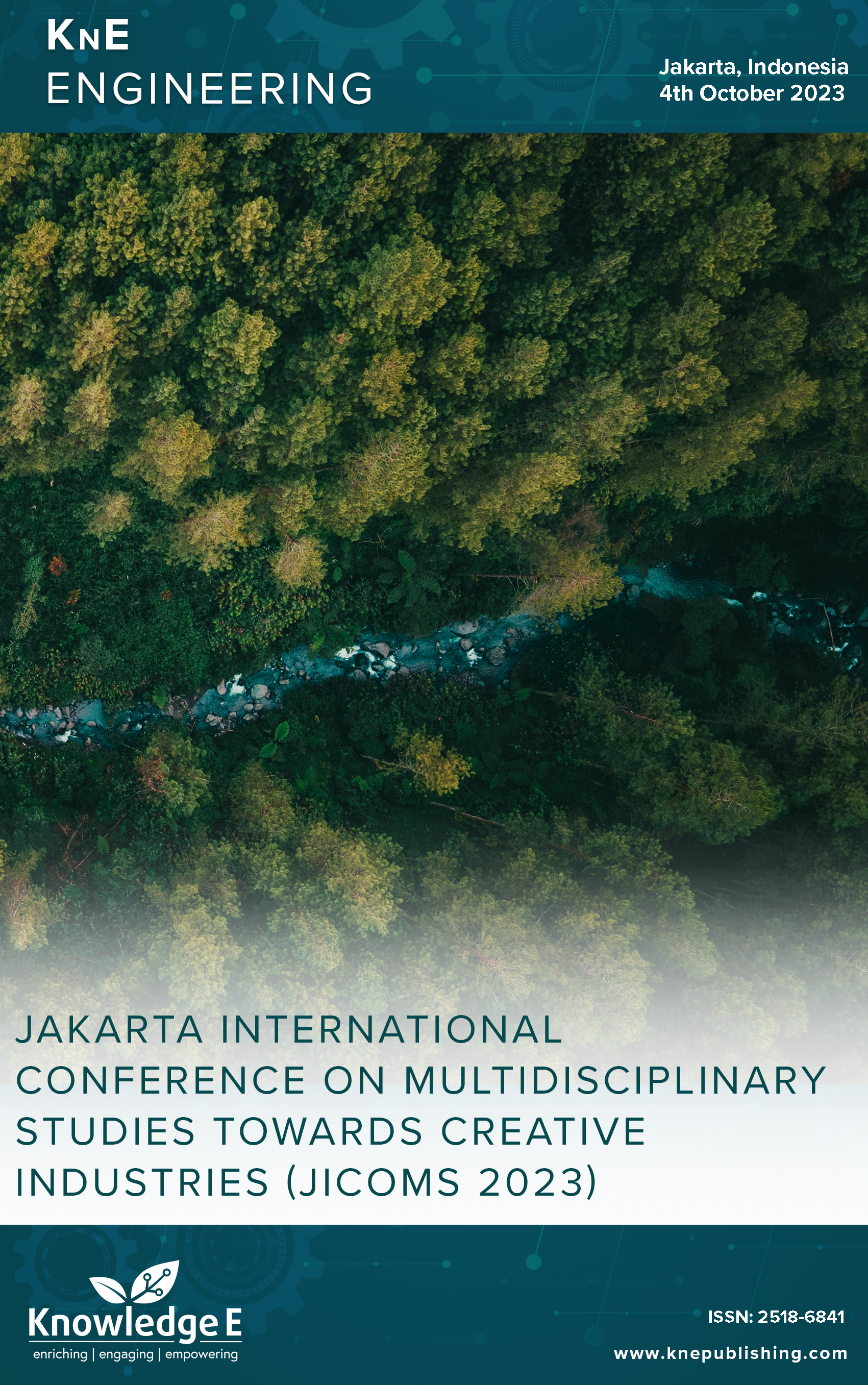Semi-automatic Hydraulic Hotpress Tool Design for the Production of Biodegradable Tableware from Kitchen Waste
DOI:
https://doi.org/10.18502/keg.v6i1.15372Abstract
The disposal of nonbiodegradable wastes in densely populated regions of the world has become a significant challenge for waste management systems due to the use of plastic composite materials in packaging. The demand for eco-friendly bio-composite packaging materials with biodegradable properties has increased to replace the petroleum-based synthetic polymers. Meanwhile, different varieties of food waste can be utilized to obtain biodegradable tableware. This study involves the production of biodegradable tableware through the application of pressure and temperature on the fruit peel or other alternative resources as substitutes. As a result, the utilization of a hot-pressing apparatus is imperative. An assessment was made on the effectiveness of a semi-automatic hydraulic hot-pressing machine in creating biodegradable cutlery from alternative resources. This hot-pressing machine was created through a literature review, working drawings, manufacturing design, and functional testing. Through the utilization of a hydraulic mechanism, the machine can apply a pressing force of up to 5 tons and generating temperatures of up to 120∘C. The contact time can be adjusted up to 60 mins with a heater cross-sectional area of 200 cm2. In addition, this hot-pressing machine can produce tableware in accordance with exact specifications.
Keywords: biodegradable tableware, hot-pressing machine, organic waste
References
[2] Asyik NF, Patuh M, Triyonowati W. Respatia, and N. Laily, “Aplikasi Digital Pengelolaan Keuangan, Sarana Meningkatkan Penjualan UMKM Makanan Minuman di Kabupaten Gresik,” Jurnal Kreativitas dan Inovasi, pp. 12–26, 2022.
[3] Bapennas, “Pengelolaan Limbah Makanan yang Berkelanjutan Berkontribusi pada Pembangunan Rendah Karbon di Indonesia.” [Online]. Available: http://greengrowth.bappenas.go.id/pengelolaan-limbah-makanan-yangberkelanjutan- berkontribusi-pada-pembangunan-rendah-karbon-di-indonesia/
[4] Rizaty MA. “Mayoritas Sampah Nasional dari Aktivitas Rumah Tangga pada 2020 | Databoks,” Databooks.Katadata.Co.Id. Accessed: Mar. 14, 2023. [Online]. Available: https://databoks.katadata.co.id/datapublish/2021/07/29/mayoritassampah- nasional-dari-aktivitas-rumah-tangga-pada-2020
[5] Nurmandi A. Manajemen perkotaan. 2022. Accessed: Mar. 14, 2023. [Online]. Available: https://books.google.com/books?hl=en&lr=&id= nS9sEAAAQBAJ&oi=fnd&pg=PP1&dq=Teknologi+yang+rendah+dan+infrastruktur+ yang+lemah+menyebabkan+masalah+limbah+cukup+kompleks,+terutama+ di+negara+berkembang+seperti+Indonesia&ots=sO88VlQyhq&sig= i8S5XDyO2T3LfIRGS4ANdczkXTw
[6] Patinvoh RJ, Taherzadeh MJ. Challenges of biogas implementation in developing countries. Curr Opin Environ Sci Health. 2019;12:30–7.
[7] Rizza MA. Analisis proses blanking dengan simple press tool. Jurnal Rekayasa Mesin. 2014;5(1):85–90.
[8] Junaidi J. Pengembangan Alat Kempa Panas (Hot Press) Penekanan Dongkrak Hidrolik untuk Pembuatan Papan Komposit ukuran 25 cm x 25 cm. Jurnal Teknik Mesin. 2020;13(1):25–31.
[9] Rusmar I, Husainy H, Kasir MK, Bukhari B. “Perakitan Alat Kempa Tekan Panas Untuk Pencetakan Material Komposit Dengan Bahan Pengisi Olahan Limbah Kelapa Sawit,” Jurnal Agroindustri, Agribisnis, dan Agroteknologi, vol. 2, no. 1, pp. 13–18, 2023.
[10] Alfirdaus AA, Ashari F, Maghfiroh AM. Perancangan Alat Press Hidrolik Material Komposit. Jurnal Teknik Industri. 2023;26(02):11–22.
[11] Chakraborty S, Sarkar U, Bera D, Ghosh CK, Roy L. Biodegradable polymers for sustainable packaging: Fabrication methods. Reference Module in Materials Science and Materials Engineering. Elsevier; 2023. https://doi.org/10.1016/B978-0- 323-96020-5.00156-4.
[12] Choeybundit W, Shiekh KA, Rachtanapun P, Tongdeesoontorn W. Fabrication of edible and biodegradable cutlery from morning glory (Ipomoea aquatic) stem fiberreinforced onto soy protein isolate. Heliyon. 2022 May;8(5):e09529.
[13] Friedrich D. Thermoplastic moulding of Wood-Polymer Composites (WPC): A review on physical and mechanical behaviour under hot-pressing technique. Compos Struct. 2021;262:113649.
[14] Pandey R, Singh R, Baitha P, Topno R. Design and development of eco-friendly cutlery out of paper waste through molding next generation waste management. Mater Today Proc. 2021;46:1557–61.


